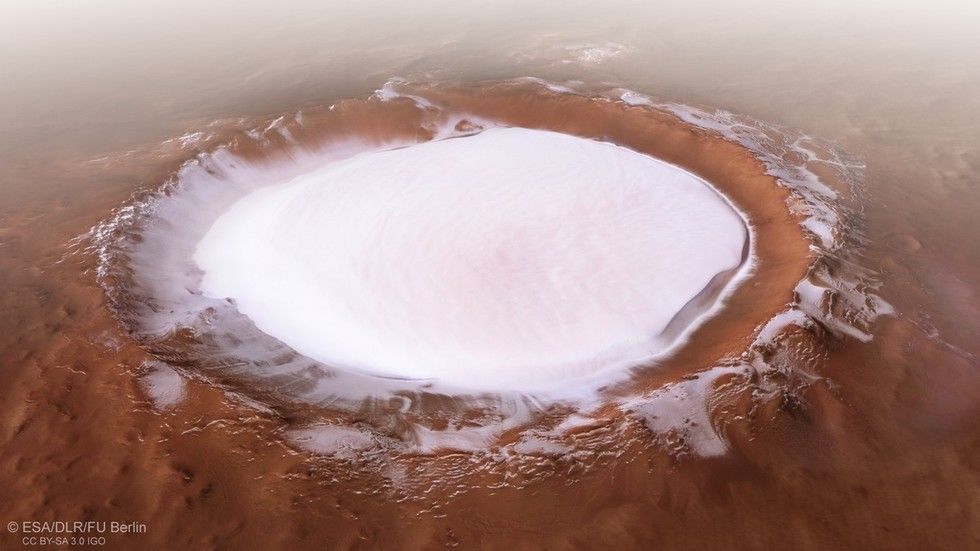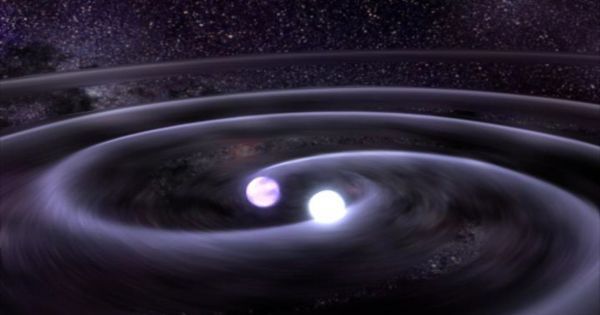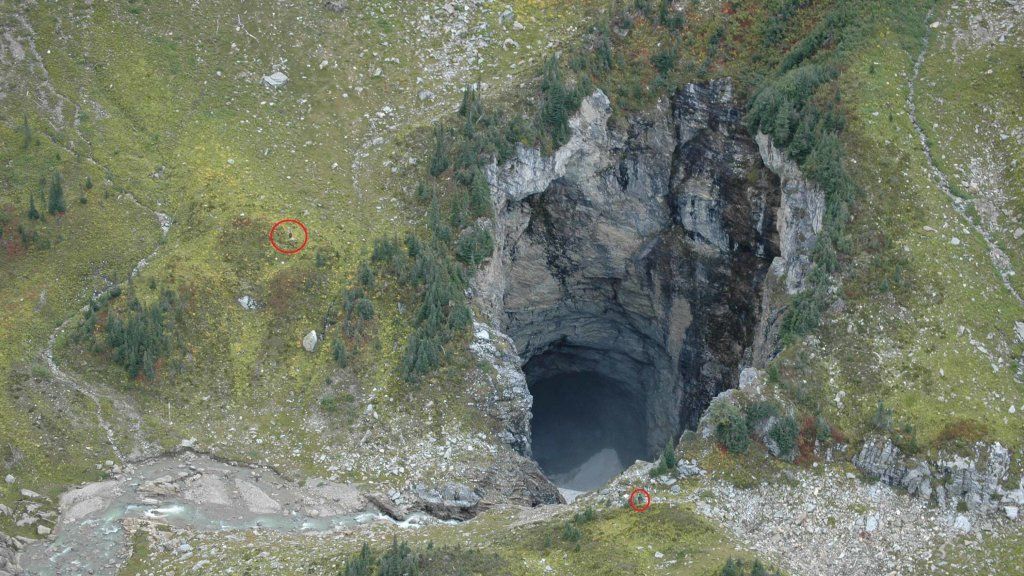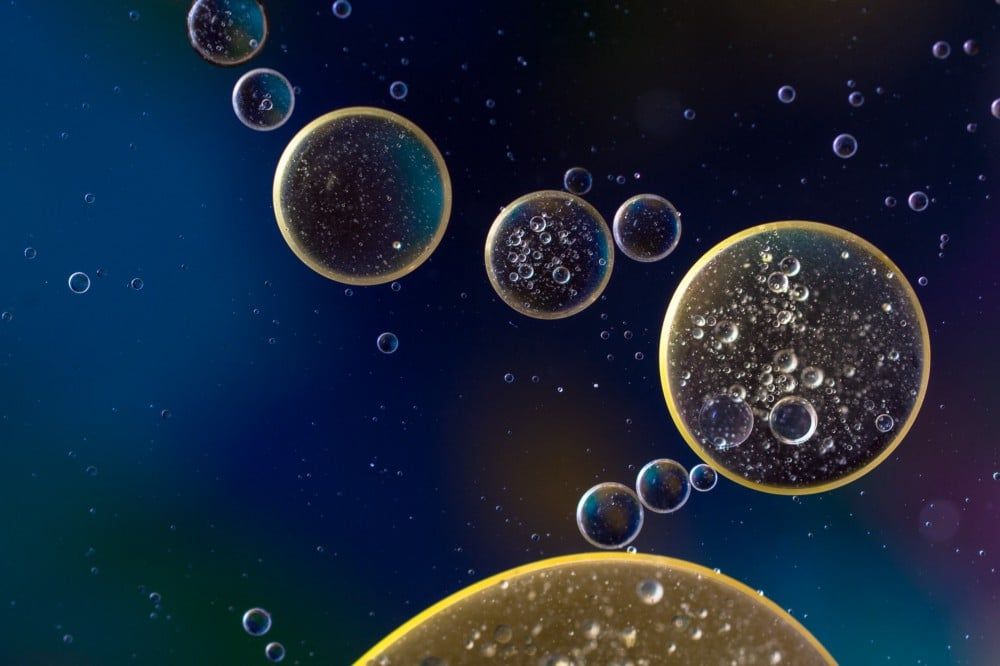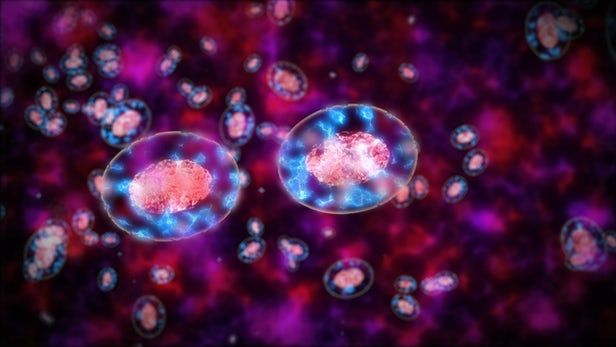Happy holidays! The winter break is here, and LEAF too will shift to a lower gear for a little while, but on the plus side, our readers get the Rejuvenation Roundup early! Before we leave you to unwrapping presents and having dinner with the family, let’s recap what has been going on in the field of rejuvenation during the last month of the year.
Page 9257
Dec 21, 2018
Water on Mars PICTURED: ESA shares incredible IMAGES of Martian ice crater
Posted by Michael Lance in categories: futurism, space
HUGE skating rink?
The European Space Agency has shared an incredible composite image showing a 50-mile wide crater on Mars that is filled with water ice all year long.
Budding future colonists hoping for a white Christmas on Mars will be somewhat disappointed as the ESA has confirmed that sitting in the Korolev crater is, in fact, a thick block of water ice, not snow. The enormous, 82-kilometer-wide, 2-kilometer-deep “ice trap” could still be good for ice skating though.
Dec 21, 2018
The Nobel Prize Was Just Awarded for the Discovery Of “Ripples” in Spacetime
Posted by Genevieve Klien in category: space
Dec 21, 2018
Gigantic Undiscovered Cave Found in British Columbia
Posted by Genevieve Klien in category: futurism
Dec 21, 2018
Synthetic Life: Made from Scratch
Posted by Klaus Baldauf in categories: bioengineering, biotech/medical, computing
Today, the application of engineering methodologies to the rational modification of organisms is a persistent goal of synthetic biology. Most synthetic biologists describe biological engineering as a hierarchy, wherein parts (genes, DNA) are used to build devices (many genes together), which in turn can be used to construct systems (a series of many devices). The challenge in transforming synthetic biology into a true engineering discipline is that the parts, which are the rudimentary building blocks of higher-order constructions, are fundamentally limited by the rigor of their characterization. This is really the case in all established engineering disciplines. In electrical engineering, for instance, the baseline components (transistors, resistors, wires, etc.) have been characterized so well that children can use them and the resulting circuits behave as expected. Once all ‘parts’ are standardized, it may be possible for synthetic biologists to use individual DNA building blocks to construct entirely synthetic life forms from the bottom-up.
Dec 20, 2018
Draft Ethics guidelines for trustworthy AI
Posted by Roman Mednitzer in categories: ethics, robotics/AI
This working document constitutes a draft of the AI Ethics Guidelines produced by the European Commission’s High-Level Expert Group on Artificial Intelligence (AI HLEG), of which a final version is due in March 2019.
Dec 20, 2018
This Startup Is Challenging Google Maps—and Needs Your Help
Posted by Genevieve Klien in categories: cryptocurrencies, mapping
The mapping company StreetCred wants to pay a volunteer mapping army in cryptocurrency to carry out its data missions.
Dec 20, 2018
Scientists use modified salmonella to smuggle cancer-fighting particles into the tumor
Posted by Genevieve Klien in categories: biotech/medical, nanotechnology
Coming up with potent anti-cancer drugs is one thing, delivering them to the site of a tumor inside the body is very much another. With a complicated organism guarded by a highly evolved immune system to navigate, getting these particles to there target in one piece is a challenging task, and one that scientists are continuing to tackle from all angles. A promising new approach developed at Virginia Tech leans on the penetrative properties of a salmonella infection, which they’ve found can be used as a vehicle to smuggle cancer-fighting nanoparticles into a tumor in a huge abundance.
Dec 20, 2018
Full moon and meteor shower will make winter solstice extra special this year
Posted by Michael Lance in category: space
Winter solstice, the shortest day of 2018, is Friday, December 21.
The solstice this year will be extra special because it will be followed the next day by a full moon known as the Cold Moon, and you might be able to see a meteor shower to boot.
First, CNN meteorologists Dave Hennen, Judson Jones and Brandon Miller help us understand the science behind the solstice.
This is a supernova remnant in a nearby galaxy, the Small Magellanic Cloud. Don’t miss the full-size of this stunning image from the Chandra X-ray Observatory: https://go.nasa.gov/2EFFL7z

